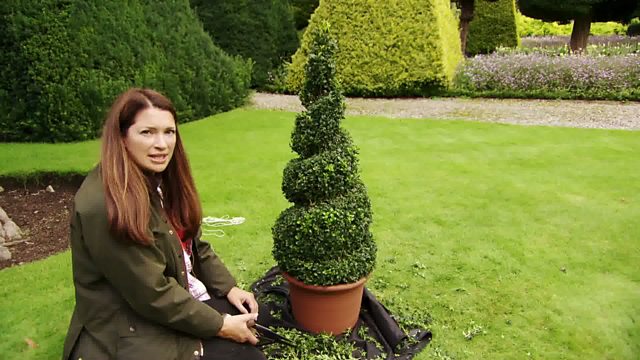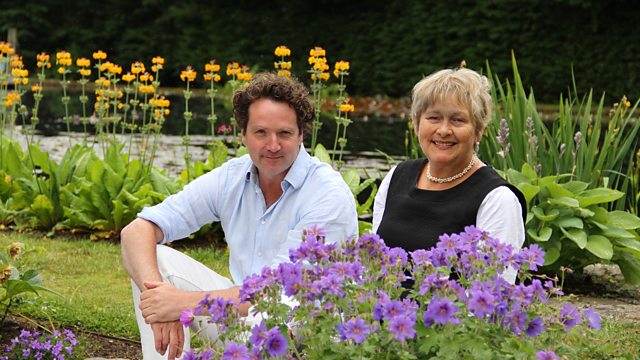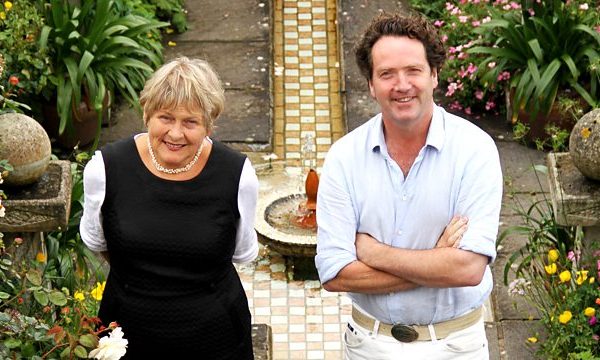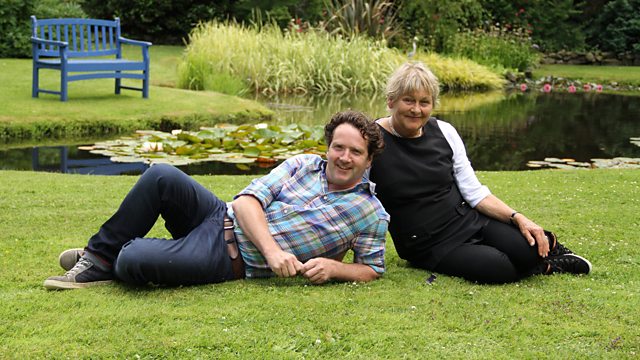Great British Garden Revival episode 2: Rachel De Thame sharpens her shears to champion topiary, the great tradition of trimming and shaping plants. Rachel charts the rise and fall of topiary from Elizabethan times to the present day, meets a topiary-obsessed woman in Kent who has transformed her entire garden using amazing topiary creations and witnesses the hedge handiwork of a man in north London who is causing a buzz in the local neighbourhood with his living sculptures. Rachel shows that, with a little know-how and confidence, everyone can share in the sense of fun that topiary can bring to Britain’s gardens.
James Wong, meanwhile, is up on the roof. He uncovers the hidden horticultural past of the capital’s rooftops, visits a woman who has moved her entire garden to her rooftop apartment and heads to Birmingham’s new city centre library with an innovative rooftop addition. James shares his tips and shows us that, when it comes to roof gardens, containers are king. He also reveals the best plants that are ideally suited to a rooftop garden.
Great British Garden Revival episode 2
Topiary is the horticultural practice of training perennial plants by clipping the foliage and twigs of trees, shrubs and subshrubs to develop and maintain clearly defined shapes, whether geometric or fanciful. The term also refers to plants which have been shaped in this way. As an art form it is a type of living sculpture. The word derives from the Latin word for an ornamental landscape gardener, topiarius, a creator of topia or “places”, a Greek word that Romans also applied to fictive indoor landscapes executed in fresco.
The plants used in topiary are evergreen, mostly woody, have small leaves or needles, produce dense foliage, and have compact and/or columnar (e.g., fastigiate) growth habits. Common species chosen for topiary include cultivars of European box (Buxus sempervirens), arborvitae (Thuja species), bay laurel (Laurus nobilis), holly (Ilex species), myrtle (Eugenia or Myrtus species), yew (Taxus species), and privet (Ligustrum species). Shaped wire cages are sometimes employed in modern topiary to guide untutored shears, but traditional topiary depends on patience and a steady hand; small-leaved ivy can be used to cover a cage and give the look of topiary in a few months. The hedge is a simple form of topiary used to create boundaries, walls or screens.
A roof garden is a garden on the roof of a building. Besides the decorative benefit, roof plantings may provide food, temperature control, hydrological benefits, architectural enhancement, habitats or corridors for wildlife, recreational opportunities, and in large scale it may even have ecological benefits. The practice of cultivating food on the rooftop of buildings is sometimes referred to as rooftop farming. Rooftop farming is usually done using green roof, hydroponics, aeroponics or air-dynaponics systems or container gardens.




